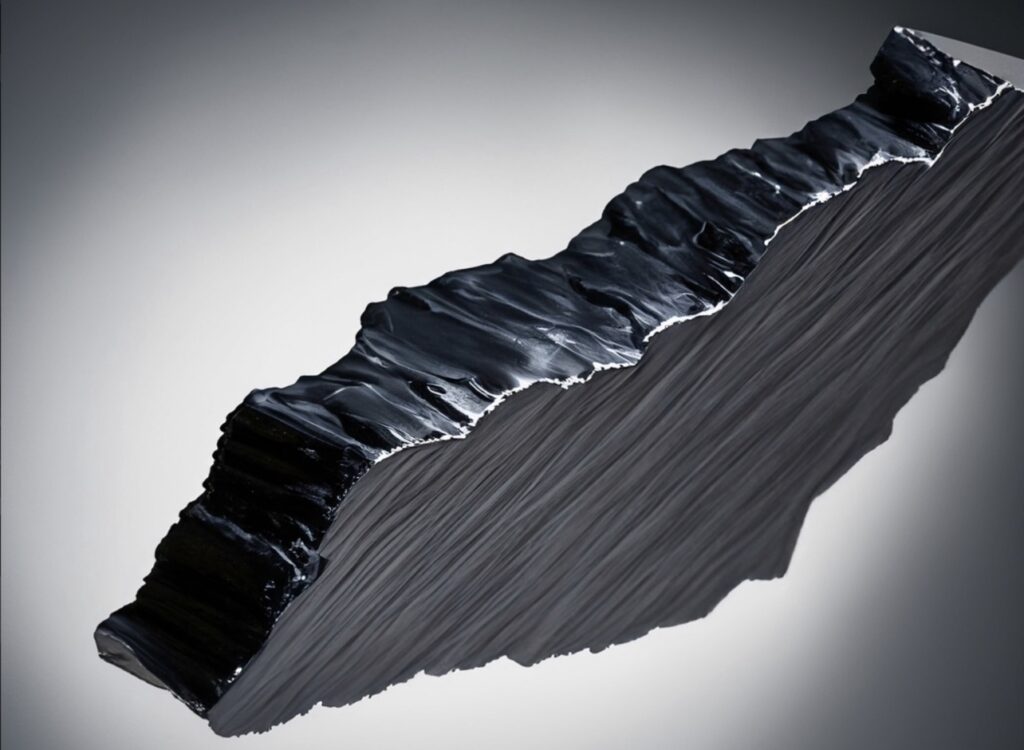Oil is the lifeblood of machinery, but fluctuating temperatures can quickly turn this vital fluid against you. Monitoring oil temperature is not just good practice—it’s a necessity if you want to maintain both optimal machinery performance and lifespan. With rising energy costs and the increasing complexity of mechanical systems, the need for effective lubrication strategies has never been more pressing. By harnessing the power of oil analysis, you’ll gain crucial insights into how temperature affects fluid condition and wear, enabling you to make data-driven decisions that could save you time, money, and resources. Let’s discuss some of the tests you can use to help you now.
The Crucial Role of Temperature in Lubrication
Viscosity Changes and the Quest for Energy Efficiency
As temperature fluctuates, so does the viscosity of your oil. Hotter conditions thin it out, while colder conditions make it thicker. You can see this in your frying pan with a knob of butter is still near solid at room temperature, melts quite quickly in your frying pan and when it gets very hot zips around the pan with an almost like water consistency. That’s why it’s important to remember, with great changing temperatures comes great changing viscosity. This inconsistent viscosity leads to reduced lubrication film thickness, increasing metal-to-metal contact and friction-induced wear as the lubricant can no longer separate metallic surfaces and carry the load. It also decreases volumetric and mechanical efficiency in pumps and motors, wasting energy with decreasing temperature. Regular oil analysis lets you monitor viscosity and viscosity index, enabling you to optimise energy consumption and extend machinery life considerably. Indeed with hydraulic systems the shift towards smaller designs of hydraulic power packs has made this more important with average overall temperatures increasing as heat dissipation is less, whilst if it’s part of the hydraulic lubrication of wind turbines (yes they have hydraulics as well as those large gear systems too), they have to deal with large temperature differences from perhaps -15 in winter to plus 35 (Celsius) in the summer in the quite temperate climate of the UK, move across the pond and this can easily be -30 to + 50 Celsius. So an oil with a good viscosity index can aid in both the smaller hydraulic designs and also with machinery subject to changing environmental conditions.
Pour Point: Don’t Let It Slip
Pour point is the lowest temperature at which your oil will flow. An oil with a high pour point could lead to inadequate lubrication in colder operating environments. One mining company in Europe experienced several total pump failure due to oil freezing during cold weather, costing over £300,000 in repairs and downtime. Oil analysis can determine an oil’s pour point, guiding you in selecting the ideal lubricant for your specific temperature conditions.
For countries not experiencing extremes of weather this may not seem like an issue but even in the relatively mild UK climate it can be a big issue. A personal example I have, in the refrigeration industry, pour point is often the most important criteria for an oil and it’s often overlooked. I recall walking into a large refrigeration plant for a major supermarket chain’s central cold storage. This was a humongous facility and like a mini city in size with refrigeration pipe work extending as far as the eye could see. Everything was lubricated by an oil major’s lubricant and I first saw the issue when they described the issue of taking a sample. Firstly the sample point was covered in ice they had major industrial fan heaters warming the point for the person to be able to turn the valve to release oil. This explained the water issue they were seeing in all their samples as I saw the puddle of water forming from the dripping from above. However the issue was in collecting the sample. Not aware of the issue I asked do they not need to get the bottle ready so the oil doesn’t spray over the floor, and they laughed and said it won’t be an issue. They turned the valve and nothing happened. It took a full minute before the first drops of oil appeared and a further 5 minutes to quarter fill the bottle at which point I said they could call it a day. The issue was the oil was not flowing. It was practically solid. I asked what oil they were using and they told me it was an oil I knew to be paraffinic. Paraffinic is what the majority of oils are and they form waxes when cold. The operating temperature was -39C and the pour point of the oil was -42C. This would only be through use of pour depressant additives to lower the pour point as this is beyond where a paraffinic oil could naturally go. I asked the site manager why they were using this oil and I was told “it says it can go to minus 40, and we operate at minus 40. What’s the problem”. The issue was the person did not understand that in 3 degrees between the operating temperature and the pour point the oil is not fully fluid and is semi solid before finally freezing. So the oil was exceptionally gloopy. We went through alternatives and eventually got an oil for them with a pour point of -56c with a napthenic oil which naturally are pour point depressors giving them some leeway. The oil still flowed properly at operating temperatures and more importantly the customer was now saving £32,000 a quarter in electricity costs as the loading required on the refrigeration system was greatly reduced. The oil was also 5p per litre cheaper they switched to as well which was an additional benefit. The lab analysis for the entire research comparing the oils cost only a fraction of all these costs and their return on investment was less than 1 month.
Oxidation and Additive Depletion
High temperatures accelerate the oxidation process, where oxygen reacts with oil molecules to form acids, sludge, and varnish. This irreversibly thickens the oil and depletes vital anti-wear additives. Identifying these viscosity and additive changes early through oil analysis allows for timely interventions like oil changes, cooling improvements, or switching to more oxidation-resistant oils. Oxidised oils naturally thicken, whilst oils with high light ends can volatilise to form thicker sludges if using a poor quality base oil.
Why does this matter? Varnishes and sludges form in hot areas but deposit in cold areas usually oil coolers etc and can insulate the machinery. This leads to a viscous, or vicious, cycle of further overheating, oxidation, varnish formation and insulation.
I recall working with one large power station turbines helping a customer with varnish problems that was causing massive system overheating with the insulation created. They had huge fans cooling the systems down to solve the problem. Post varnish removal they turned off the fans which was costing £10k a month. Oil analysis is great for helping target these issues and identify cost savings for costs you never even realised you could save.
Decoding Wear Particles: A Window into Your Machinery
Thermal Degradation: The Silent Wear Accelerator
Every 10 degrees above target operating temperature halves the life of the oil. So an oil operating at 60c rather than 30c has 1/2 x 1/2 x 1/2 = 1/8th of the life. That means an oil that normally would last 10 years at 30c could be ready for changing 15 months in at 60c. On top of this, temperatures significantly above target temperatures degrade oil into sludge and varnish, introducing new poorly lubricating particles. This can increase wear rates several fold and increasing downtime and repair costs. Oil analysis helps detect acids from thermal degradation, providing an opportunity for corrective action.
Thinner Films, Larger Particles
Higher temperatures thin oil films. This leads to larger wear particles from sliding contact as surface asperities (imperfections) directly interact. as the oil is not giving a big enough gap. Particles above 15 microns and above indicate abnormal wear. Utilising oil analysis, you can monitor changes in particle size and morphology, allowing for swift actions to preserve machinery health. This is especially true with LubeWear acid digestion that detects all the wear.

High-Temperature Lubricants and Greases
When operating at elevated temperatures, specialized lubricants are needed to withstand thermal extremes. Synthetic oils offer excellent viscosity stability. Some ceramic-based greases can maintain lubrication up to 350°C. Oil analysis verifies the ongoing protection of these products, helping avoid failures.
Likewise fire resistant fluids require high temperature flammability properties that can also be monitored with fluid analysis of flash and fire point testing.
Conclusion
Temperature profoundly impacts machinery wear and lubrication effectiveness. Oil analysis unlocks this relationship, enabling data-driven optimization of lubrication strategies. Isn’t it time you unlocked the hidden power of oil analysis? With each new data point, you take one step closer to peak machinery efficiency and reliability. If you want to find out more about oil analysis then get in touch using the contact us button below.


